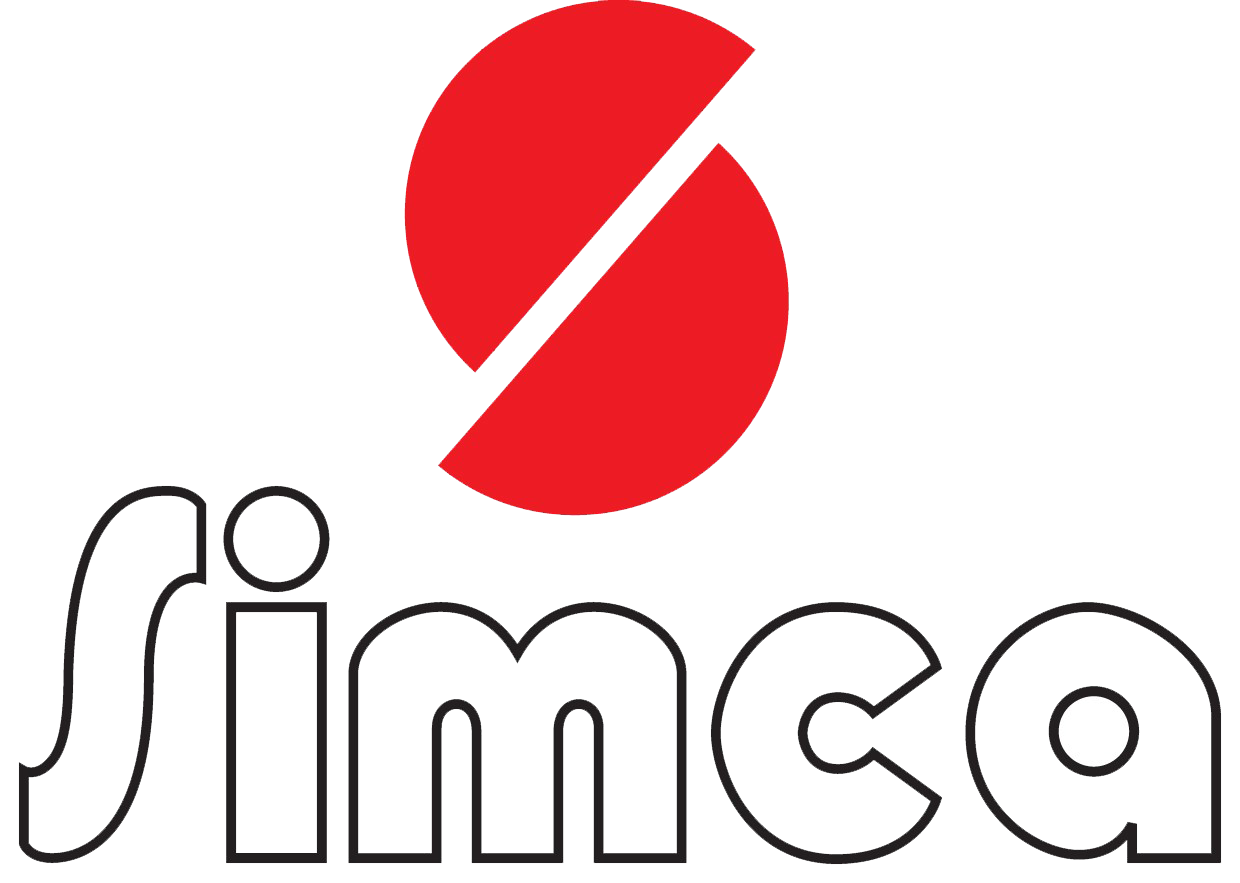Simtoin
Generic composition: Phenytoin sodium
General description
SIMTOIN is Phenytoin, an anti-seizure medication useful in treatment of tonic-clonic seizures, partial seizures, given intravenously or orally. The intravenous form is used for the improving the condition of status epilepticus not prevented through benzodiazepines.
Therapeutic category
- Anti-epileptics
Dosage forms available
- SIMTOIN 50mg Capsules
- SIMTOIN 100mg Capsules
Uses
- Tonic-clonic seizure
- Partial seizure
- Seizures during surgery
- Status epilepticus: after BZD failed treatment
- Glossopharyngeal Neuralgia
- Trigeminal Neuralgia
- Neuropathic Pain
- Seizures during or after Neuro Surgery
Doses:
Adults and adolescents over 12 years of age (i.e. with over 50 kg bodyweight): take up to 3 tablets (corresponding to 300 mg phenytoin) single or divided in up to three doses. Dose is adjusted according to clinical requirements.
Children up to 12 years of age: 2 mg phenytoin/kg/day. The daily dose can be increased in 1 mg/day increments every 3 days according to phenytoin plasma concentration.
Maintenance dose: The maintenance dose is determined individually according to seizure control, undesirable effects and phenytoin plasma concentration.
Contraindications:
- Patients with a history of hypersensitivity to phenytoin or its inactive ingredients, or other hydantoins.
- Co administration with delavirdine
- Cardiovascular disorder like severe damage to the blood cells and bone marrow, arrhythmia, bradycardia and severe hypotension (systolic blood pressure less than 90 mm Hg)
Mechanism of Action
Phenytoin stabilizes neuronal membranes and decreases seizure activity by increasing efflux or decreasing influx of sodium ions across cell membranes in the motor cortex during generation of nerve impulses. Phenytoin reduces the maximal activity of brain stem centers responsible for the tonic phase of tonic-clonic (grand mal) seizures.
Pharmacokinetics
Absorption: nearly complete absorption, half-life is 22 hours, has moderately large volume of distribution, approximately 90% bound to plasma proteins, metabolized in liver and excreted via urine.
Distribution: volume of distribution of phenytoin is approximately 0.75 L/kg.
Metabolism: extensively metabolized in liver and is first transformed into a reactive arene oxide intermediate and arene oxide is metabolized to either a hydroxyphenytoin or phenytoin dihydrodiol metabolite
Elimination: excreted as inactive metabolites in the bile, estimated 1-5% of phenytoin is eliminated unchanged in the urine
Half-life: half-life of phenytoin ranges from 7 to 42 hours, and is 22 hours on average.
*Not indicated for absence seizure alone, might be used in combination with other anti-convulsant.
Side effects:
Common side effects include nausea, stomach pain, loss of appetite, poor coordination, increased hair growth, and enlargement of the gums. Potentially serious side effects include sleepiness, self harm, liver problems, bone marrow suppression, low blood pressure, and toxic epidermal necrolysis.
Precautions:
- Hepatic and renal impairment
- Porphyria and diabetes
- Pregnancy category D
- Serious dermatological reactions may occur
Interactions:
- Cardiovascular drugs like digoxin, amiodarone, quinidine
- Anti-epileptic drugs like carbamazepine, oxcarbazepine
- Antifungal medications and anti-tubercular agents
- PPIs and antacids
- Alcohol
- Oral hormonal contraceptives

